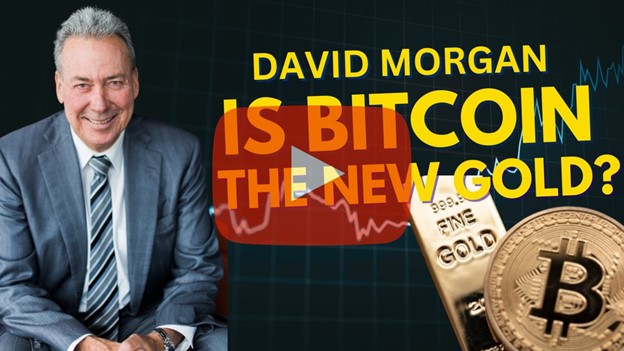In the latest episode of Money Metals’ Midweek Memo, host Mike Maharrey explored two key financial topics: the surge in central bank gold purchases and the historical perspective of the Federal Reserve’s balance sheet activities, with a focus on inflation.
Central Bank Gold Purchases Surge
Maharrey discussed the most recent data released by the World Gold Council, which showed a significant increase in gold purchases by central banks. In July, global central banks added 37 tons of gold to their reserves—a staggering 206% increase from the previous month.
This surge marks the highest level of gold buying since January 2024. Countries like Poland and Uzbekistan led the way, with Poland adding 14 tons, bringing its total to 392 tons. The National Bank of Poland aims to increase gold holdings to 20% of its reserves, currently at 15%.
Maharrey emphasized the underlying reason for this trend:
“The whole theme of central bank gold buying has been minimizing exposure to the dollar, diversifying reserves, and minimizing exposure to fiat currencies, particularly the dollar.”
Emerging markets and nations in Asia, Eastern Europe, and the Middle East continue to lead the charge in diversifying away from the U.S. dollar. Central banks have added a record amount of gold in the first half of 2024—the highest on record since the World Gold Council began tracking this data. This increase aligns with global concerns over fiat currency, particularly the U.S. dollar, as many nations seek to hedge against currency risks and U.S. monetary policy.
The Federal Reserve’s Balance Sheet: A Historical Perspective
Maharrey shifted to discuss the Federal Reserve’s balance sheet, placing recent reductions in a broader historical context. While the Fed has reduced its balance sheet by 20% since its peak in April 2022, this reduction pales in comparison to the massive expansion it underwent since the 2008 financial crisis.
Between 2008 and 2020, the Fed’s balance sheet ballooned from around $910 billion to nearly $9 trillion, an 889% increase. Although the balance sheet has shrunk by $1.76 trillion, the current level remains 680% higher than before the 2008 crisis, standing at over $7.1 trillion.
“You can say, ‘Ooh, a 20% reduction,’ but we’re still 680% above the level of 2008. Put it in perspective,” Maharrey pointed out, emphasizing the importance of historical context in understanding the Fed’s actions.
Quantitative Easing vs. Tightening
Maharrey explained the impact of Quantitative Easing (QE) on inflation and the economy. QE, which allows the Fed to buy assets like U.S. Treasuries and mortgage-backed securities using money created from thin air, has been a key driver of inflationary pressures.
In contrast, the recent quantitative tightening (QT) is meant to draw dollars out of the economy.
However, Maharrey noted that the QT process is tapering, meaning the balance sheet reduction will likely halt before undoing much of the pandemic-era stimulus.
Inflation: A Policy, Not a Problem
Maharrey concluded by reinforcing his view that inflation is not something the Fed is fighting, but rather, an intentional policy tool.
He stated, “They’re not fighting inflation—inflation is the policy. It’s the goal. They just hope you don’t notice.”
He also stressed the importance of protecting wealth against inflation by investing in sound money like gold and silver. “If you want to preserve your wealth, you always have to assume massive levels of inflation and currency devaluation are coming down the pipe… You need real money—you need gold and silver.”
Key Takeaways:
- Central banks added 37 tons of gold in July 2024, a 206% increase from June, led by Poland and Uzbekistan.
- Central bank gold buying has reached record levels in 2024, driven by countries seeking to reduce reliance on the U.S. dollar.
- The Federal Reserve’s balance sheet is still 680% higher than pre-2008 crisis levels, despite a 20% reduction since 2022.
- Quantitative easing, more than interest rates, is driving inflation, and the recent balance sheet reduction is far from reversing pandemic-era stimulus.
- Inflation remains a key policy tool, not something the Fed is actively trying to eliminate.
In conclusion, Maharrey emphasized the importance of holding real money—gold and silver—as protection against inflationary monetary policy.
Read the full article here












Leave a Reply